
New can:cer treatment destroys tumors using soundwaves and water
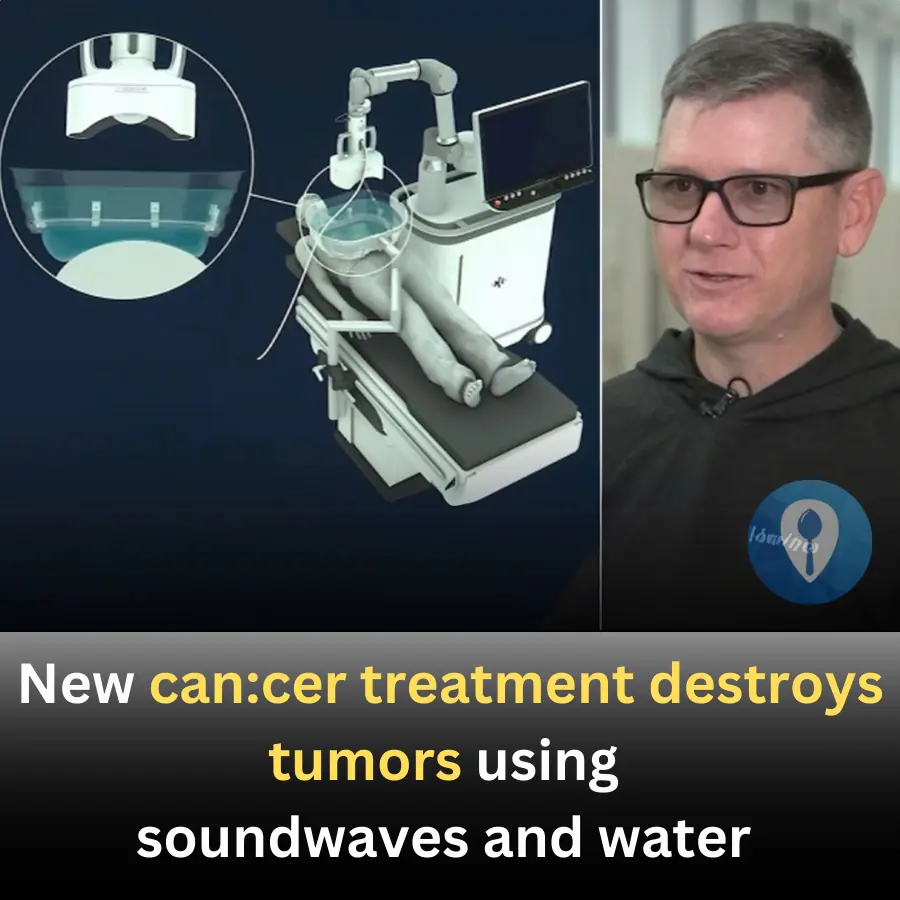
Below is an overview of a developing cancer treatment that relies on highly focused sound waves in a liquid medium (often the body’s own fluids) to non-invasively destroy tumors. Though the technology is still in various stages of research and clinical trials, it shows promise as a potential alternative or complement to surgery, radiation, or traditional chemotherapy.
1. What Is This Technology?
A primary example of a soundwave-based treatment that uses water or fluid in the body is called histotripsy (or, more broadly, high-intensity focused ultrasound—HIFU). Histotripsy is an emerging therapy that directs ultra-short, high-intensity ultrasound pulses at a targeted area, causing microscopic, rapid changes in tissue pressure.
Key Mechanism: Cavitation
- Cavitation: When the intense ultrasound pulses pass through fluid (such as blood or intracellular water), they create tiny vapor bubbles. These bubbles rapidly expand and collapse (i.e., “cavitation”), mechanically disrupting the tumor cells.
- Non-Thermal: Unlike some earlier HIFU approaches that rely on heat to destroy tissue, histotripsy primarily uses mechanical forces from these bubbles, reducing the risk of collateral thermal damage to surrounding healthy tissue.
2. How It Works
-
Imaging and Targeting
- Advanced imaging (MRI, ultrasound, or CT) identifies the precise location of the tumor.
- A specialized ultrasound transducer (part of the histotripsy equipment) focuses sound waves into that exact spot.
-
Microbubble Formation
- The targeted ultrasound pulses create microbubbles in the fluid within or around tumor cells.
- These bubbles oscillate and collapse, generating strong mechanical forces that break apart the cancerous tissue at a microscopic level.
-
Tissue Disruption
- The mechanical “microscale” damage can be very localized, sparing much of the nearby healthy tissue.
- Over time, the body’s immune system clears away the cellular debris.
-
Possible Immune Activation
- Some early research suggests that this tumor disruption might also release cancer antigens, potentially triggering a heightened immune response. That aspect is still being investigated for its therapeutic potential.
3. Potential Advantages
-
Non-Invasive
- No incisions or needles are required, making it less invasive than surgery.
- Patients may have shorter recovery times and fewer complications compared to surgical approaches.
-
Reduced Damage to Surrounding Tissue
- Because histotripsy is so highly targeted and mechanical (not thermal), it can minimize “collateral damage.”
- This is critical for tumors near sensitive structures like blood vessels or nerves.
-
Possible Immune Benefits
- By fragmenting the tumor, the body may better recognize and attack tumor cells or remnants. Further clinical data are needed, but this is an area of significant research interest.
-
Can Be Repeated
- Unlike certain radiation therapies (which have lifetime dosage limits), histotripsy or focused ultrasound procedures could be repeated if necessary, though each patient’s case may differ.
4. Current Research and Clinical Trials
- Liver and Pancreatic Cancers: Early human trials and preclinical studies have focused on liver tumors, where histotripsy has shown promise in selectively destroying cancerous tissue. Researchers hope to expand its use for inoperable pancreatic cancer as well.
- Brain and Prostate Tumors: Some forms of high-intensity focused ultrasound (HIFU) have been explored for prostate cancer treatment in several countries. Meanwhile, certain preclinical studies are examining how mechanical ultrasound can break down brain tumors.
- Regulatory Status: Many countries, including the U.S., U.K., and others in the EU, have cleared or conditionally approved certain HIFU devices for specific cancer types (often the thermal-based approach). Histotripsy (the strictly mechanical approach) is newer and is still in early clinical trials or pilot studies for various indications.
5. Challenges and Limitations
- Tumor Position
- Deep-seated tumors or tumors behind bone (e.g., in the rib cage) may be harder to target with ultrasound, as bone can block or distort sound waves.
- Equipment and Expertise
- Histotripsy requires specialized transducers and advanced imaging—equipment that not all hospitals currently have.
- Long-Term Outcomes
- While short-term results look encouraging, larger clinical trials are needed to confirm safety, effectiveness, and whether it truly improves long-term survival compared to standard treatments.
6. The Outlook
- Potential “Non-Invasive Surgery”: If ongoing trials confirm the safety and efficacy of histotripsy or related focused ultrasound methods, they may become part of mainstream cancer care—particularly for patients who cannot undergo surgery or conventional therapies.
- Combination with Other Treatments: It’s possible that mechanical destruction of a tumor could be used in tandem with immunotherapies or targeted drugs, taking advantage of newly exposed tumor antigens.
Bottom Line
A new wave of soundwave-based cancer treatments, often referred to as histotripsy or non-thermal focused ultrasound, uses high-intensity ultrasound pulses and fluid (water content) inside the body to selectively destroy tumor cells via cavitation. Early results are promising for certain cancers (like liver or prostate), suggesting a future where some forms of cancer treatment may be performed non-invasively, with fewer side effects, and possibly enhanced immune benefits. However, it’s still in developmental stages—most treatments remain experimental or approved only in limited contexts. If you or a loved one is interested, discussing participation in clinical trials with an oncologist or specialized research center may be an option.
News in the same category


Warning: Certain Habits in Husbands May Increase Wives’ Can.cer Risk

A Couple Was Diagnosed With Liver Can.cer at the Same Time — Doctors Checked Their Fridge and Urgently Warned: “Throw This Out Immediately!”
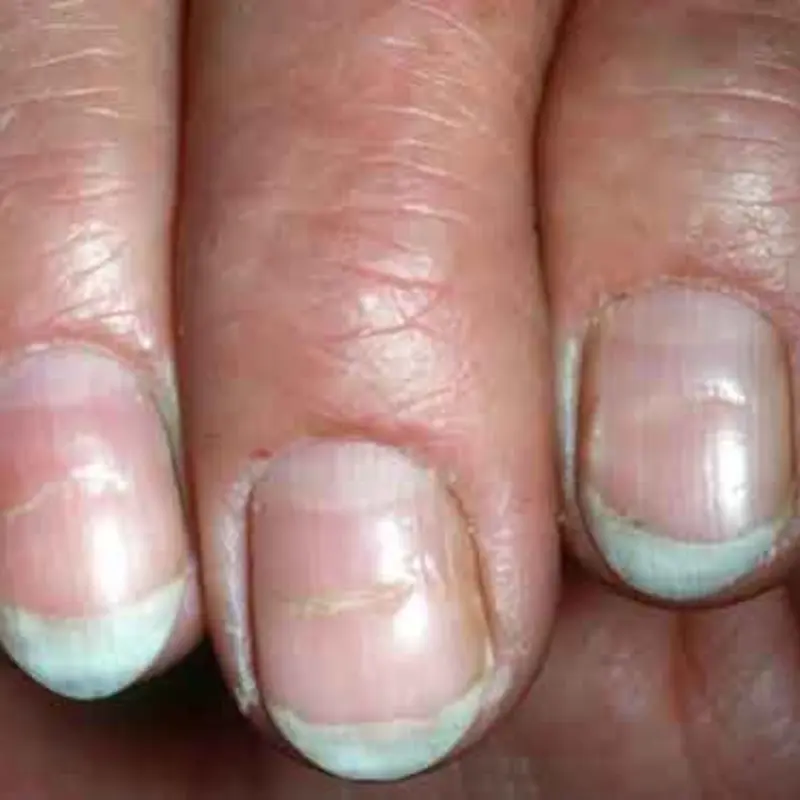
5 Dangerous Conditions Your Nails Could Be Signaling

Doctors Alert: Why Some Popular Foods May Carry Parasite Risks

WARNING: These 3 signs on the shoulder are signs of malig:nant tu:mors, even ca:ncer, do not ignore them

Your liver will be healthier when you combine the following foods

6 foods that silently drain calcium from your body
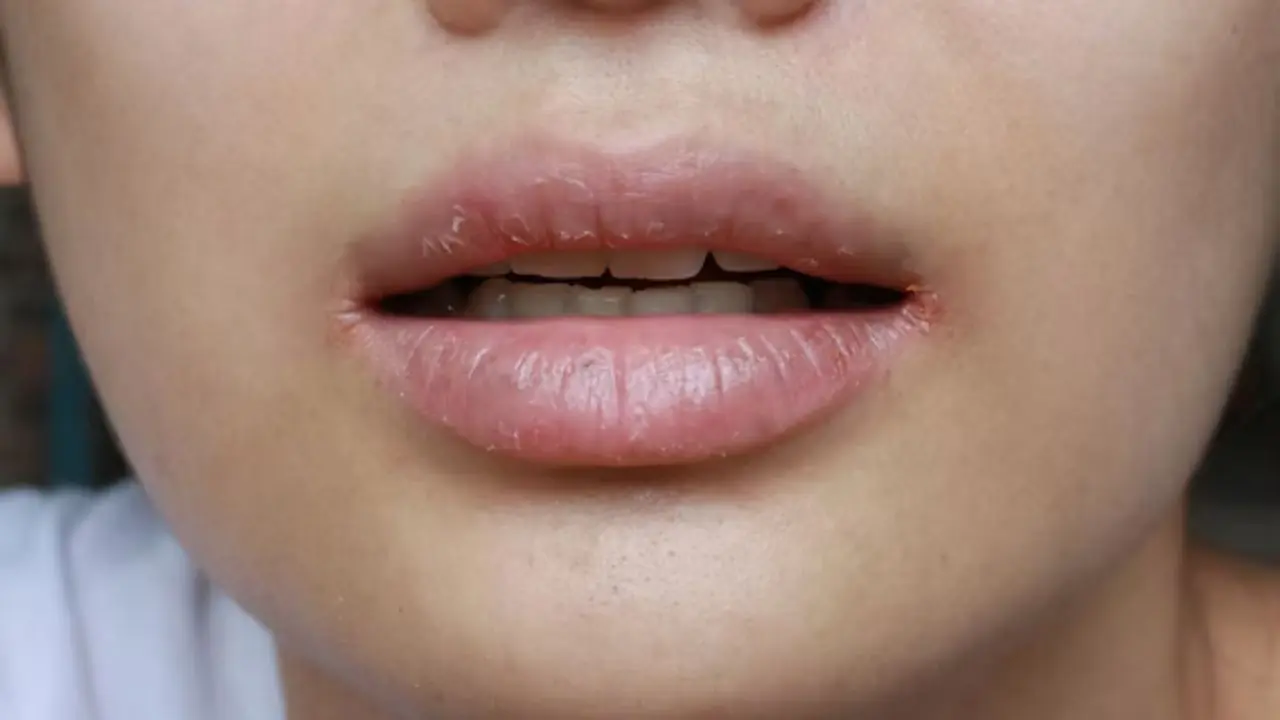
People whose mouths feel dry at night need to know these 8 possible reasons
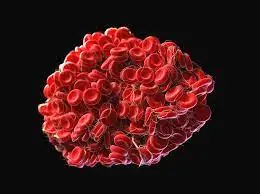
Não ignore estes 7 sintomas matinais - eles podem estar ligados ao câncer
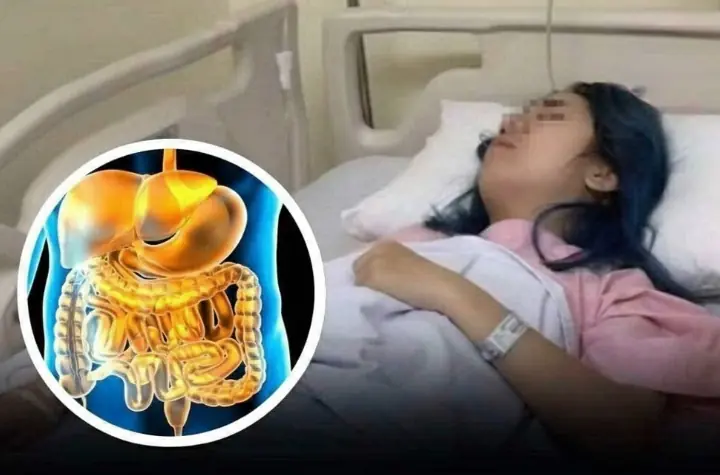
Eat 4 foods on an empty stomach in the morning to help clean the intestines, improve digestion and prevent can.cer

What does having cold hands and feet indicate?
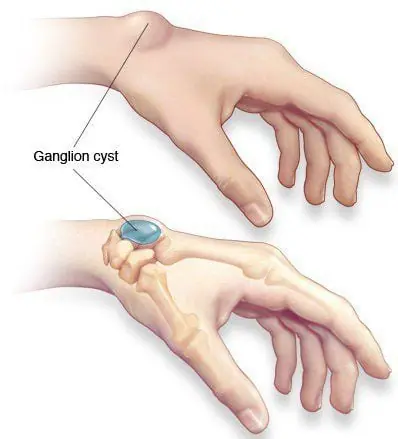
An unusual lump or bump appears on the wrist: Don't ignore it, as it could be a warning sign of a serious illness
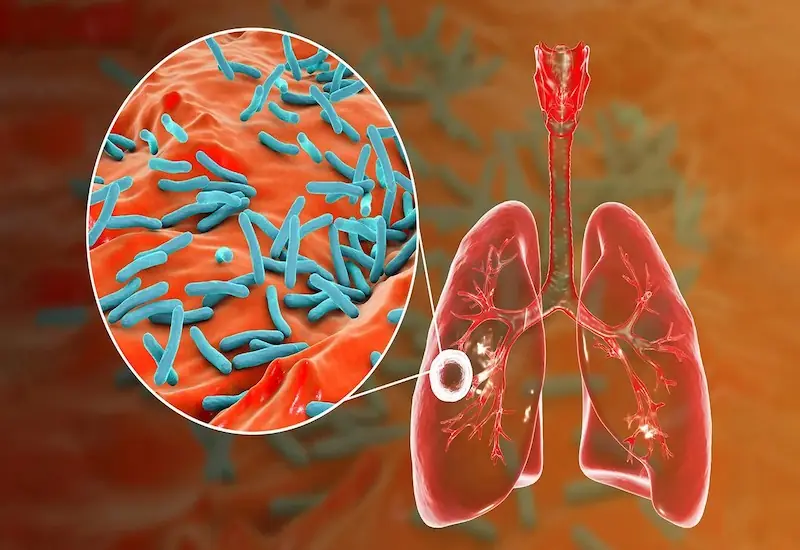
A healthy 22-year-old man suddenly discovered da.nger.ous tu.bercu.losis from a sign that many people ignore
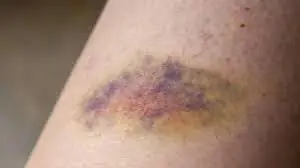
Bruises on the body - a warning that you may have a problem
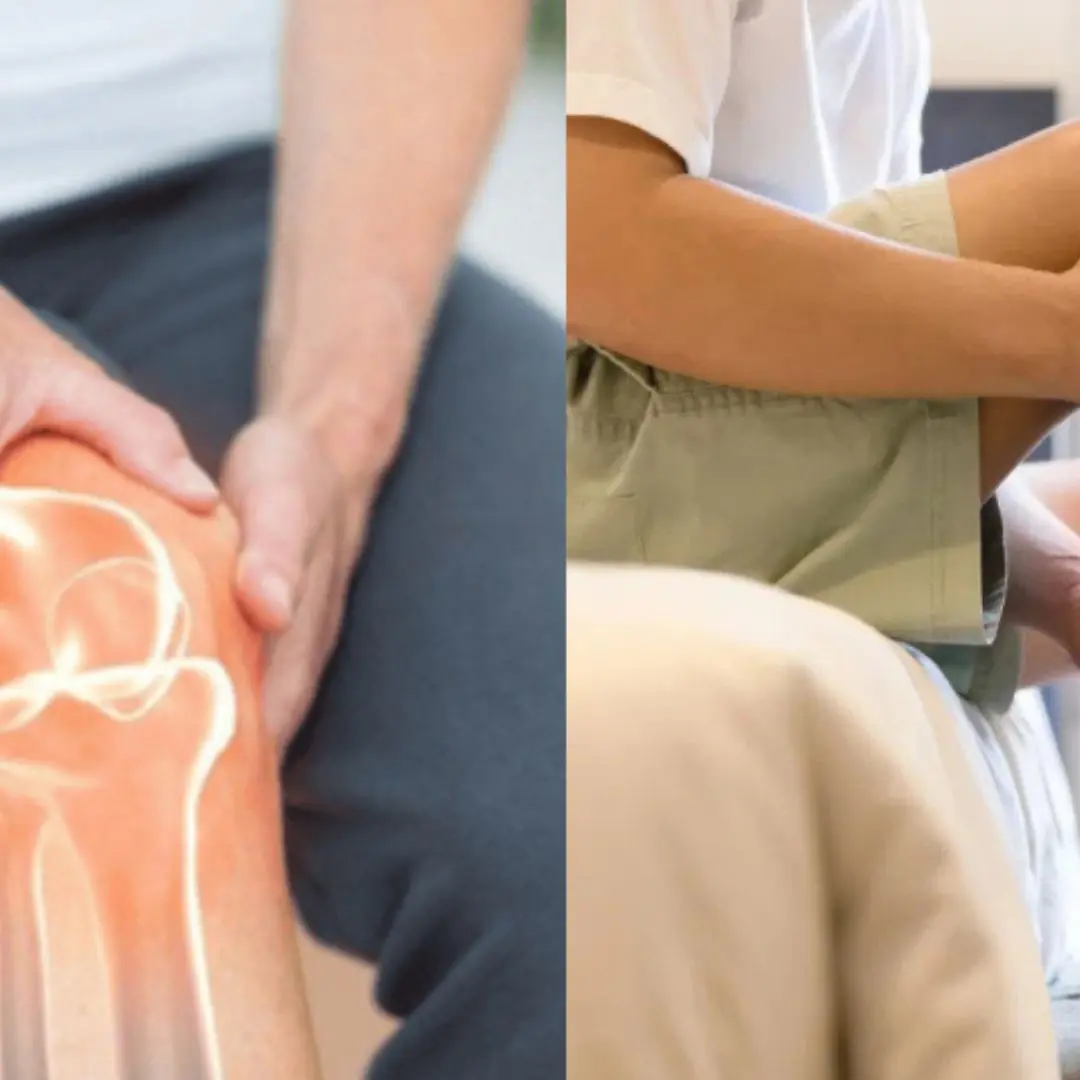
People with calcium deficiency often experience these 7 signs. Check now to see if you have them

The amazing hidden power of raspberry leaf you may not know

Doctors Warn: This Common Way of Eating Boiled Eggs Can Clog Your Arteries
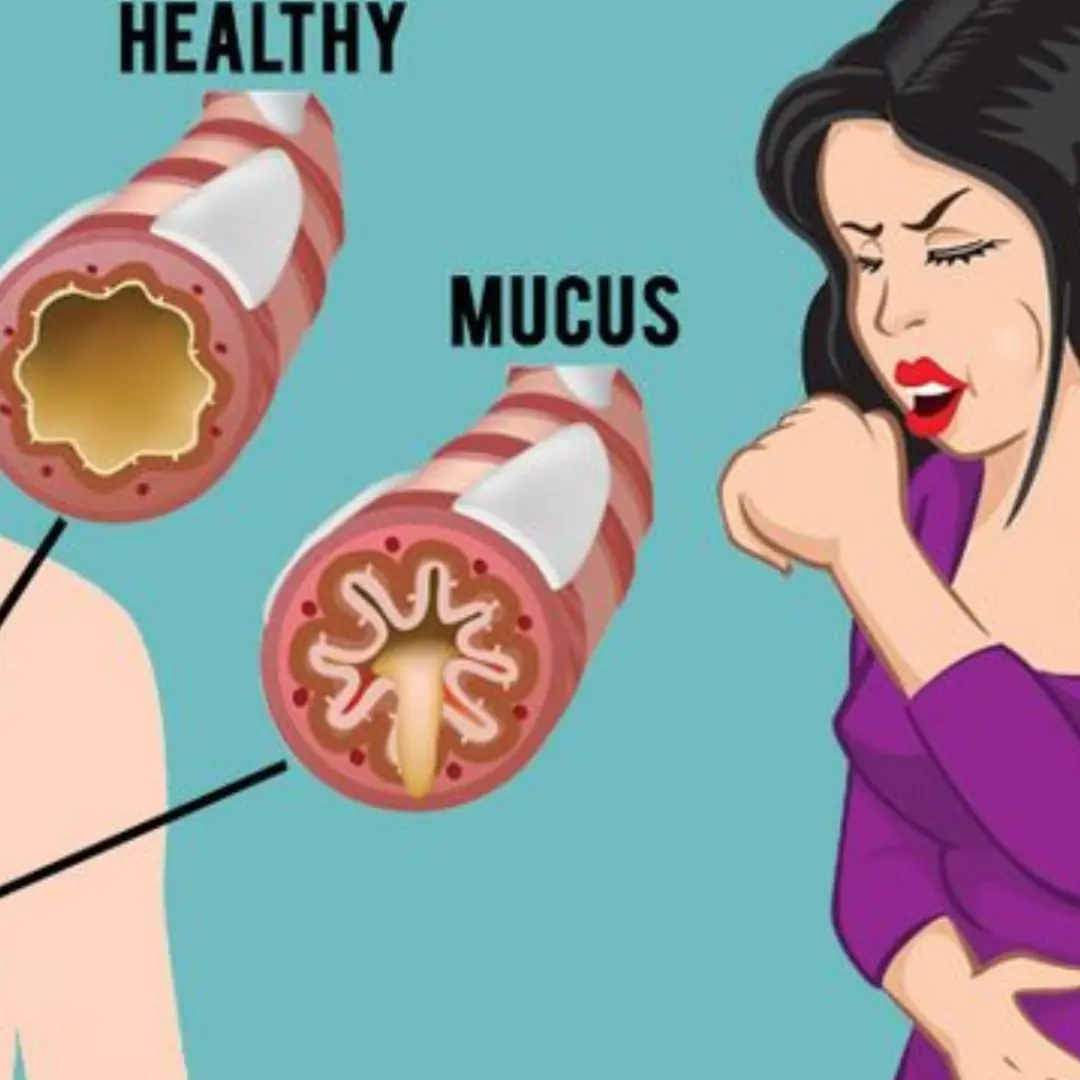
Effective Ways to Clear Phlegm and Mucus From Your Chest and Throat
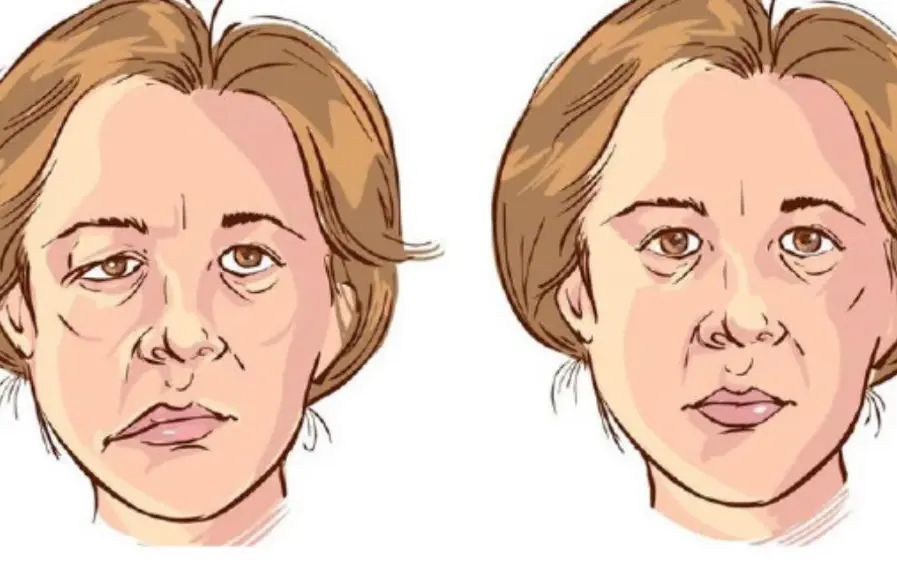
Early Warning Signs of a Str.oke That May Appear 90 Days in Advance
News Post

Singapore Chili Crab

Spicy Korean Seafood Glass Noodle Stew

Warning: Snake Plants May Be Taboo for Some Ages Planting One Could Hurt Your Finances

Warning: Certain Habits in Husbands May Increase Wives’ Can.cer Risk

If AI Keeps Growing This Fast, Which Job Will Vanish First?

A Couple Was Diagnosed With Liver Can.cer at the Same Time — Doctors Checked Their Fridge and Urgently Warned: “Throw This Out Immediately!”

5 Dangerous Conditions Your Nails Could Be Signaling

Doctors Alert: Why Some Popular Foods May Carry Parasite Risks

Strawberry Pineapple Swirled Slushies

WARNING: These 3 signs on the shoulder are signs of malig:nant tu:mors, even ca:ncer, do not ignore them

Your liver will be healthier when you combine the following foods

6 foods that silently drain calcium from your body

People whose mouths feel dry at night need to know these 8 possible reasons

Não ignore estes 7 sintomas matinais - eles podem estar ligados ao câncer

Cube Steak with Onion Gravy

Eat 4 foods on an empty stomach in the morning to help clean the intestines, improve digestion and prevent can.cer

What does having cold hands and feet indicate?

An unusual lump or bump appears on the wrist: Don't ignore it, as it could be a warning sign of a serious illness

A healthy 22-year-old man suddenly discovered da.nger.ous tu.bercu.losis from a sign that many people ignore
